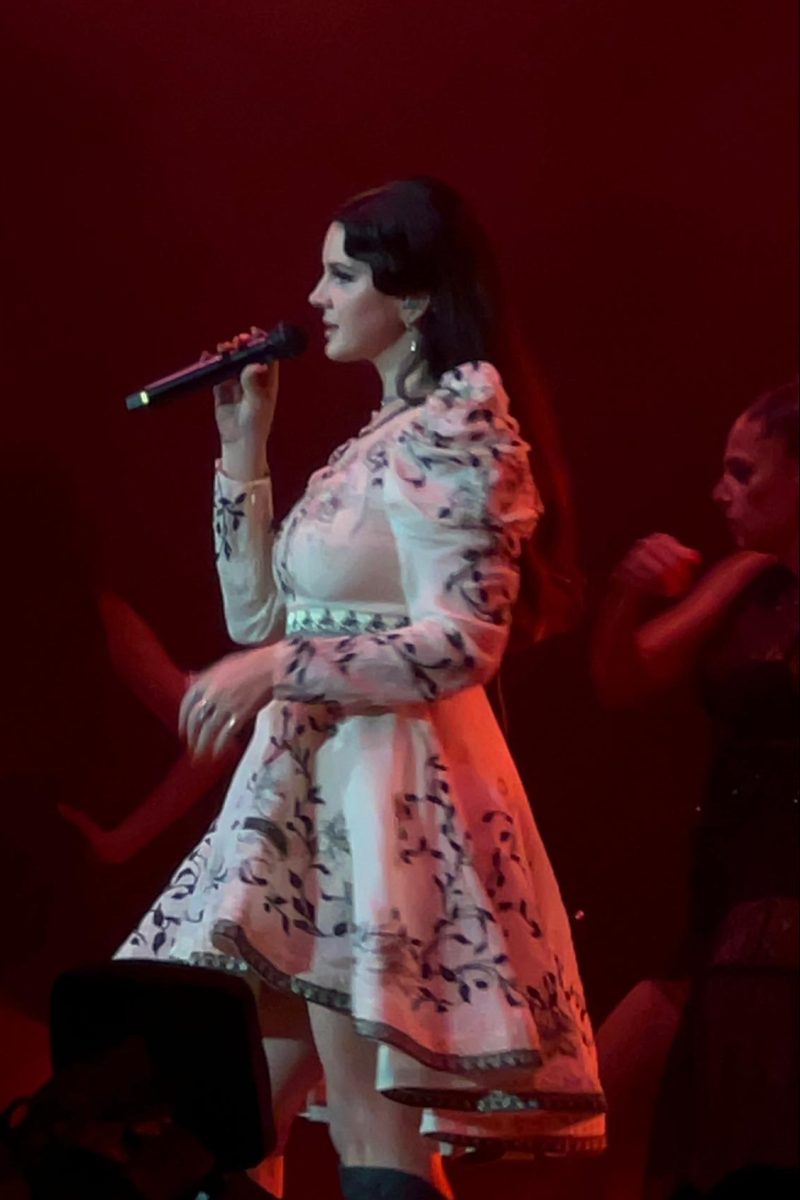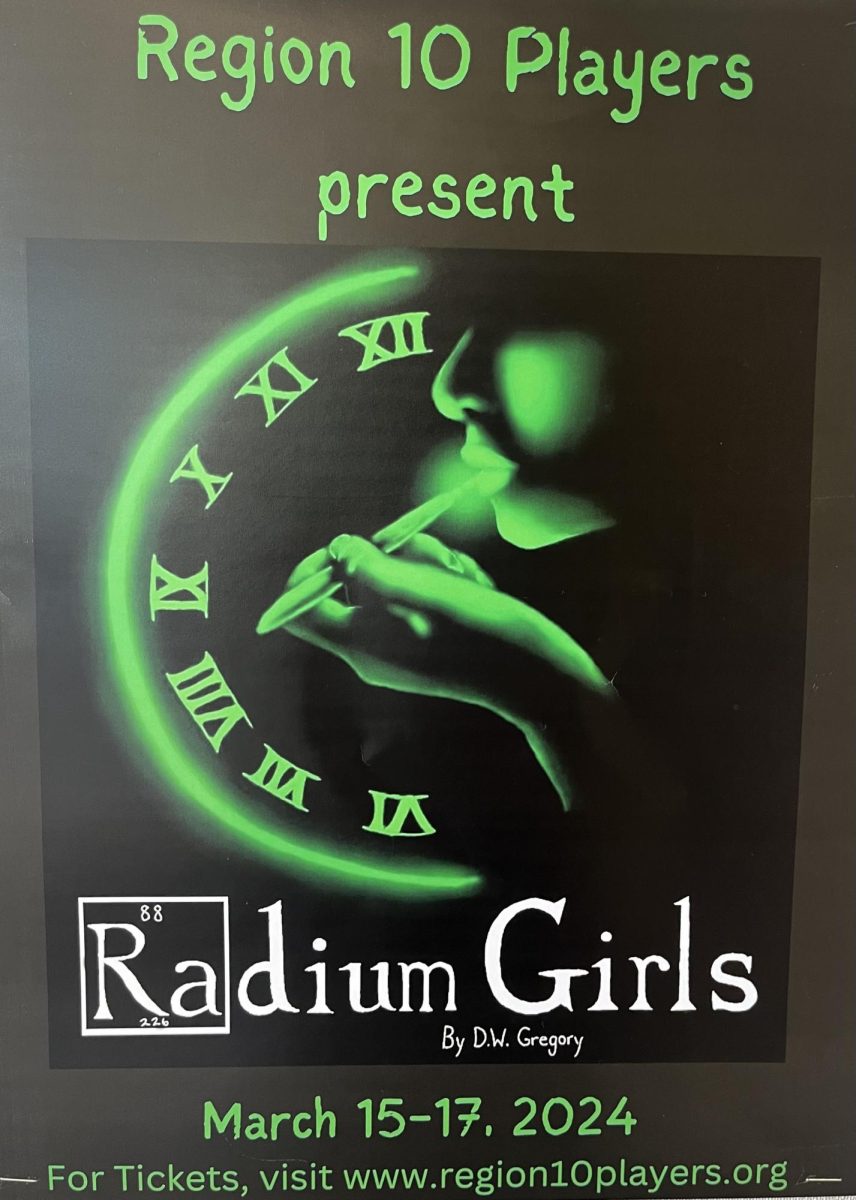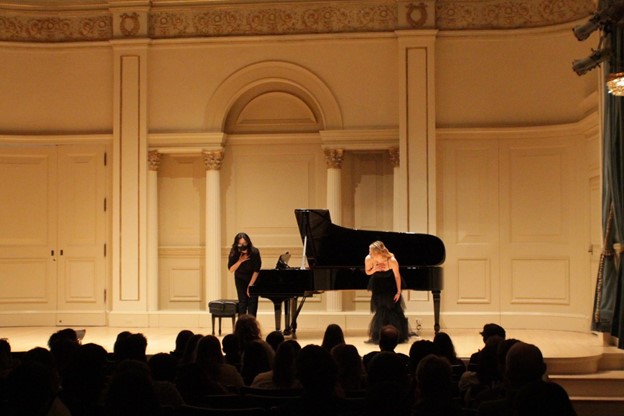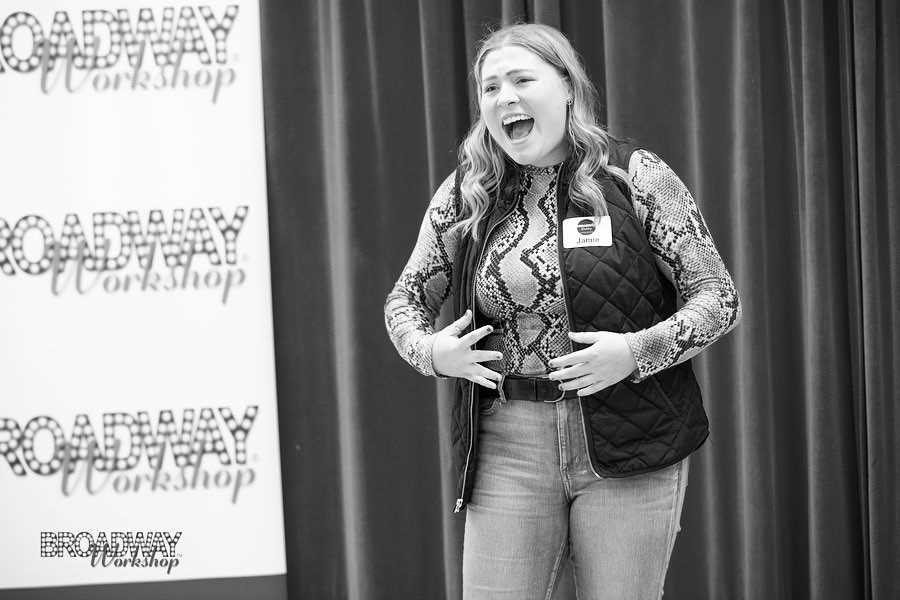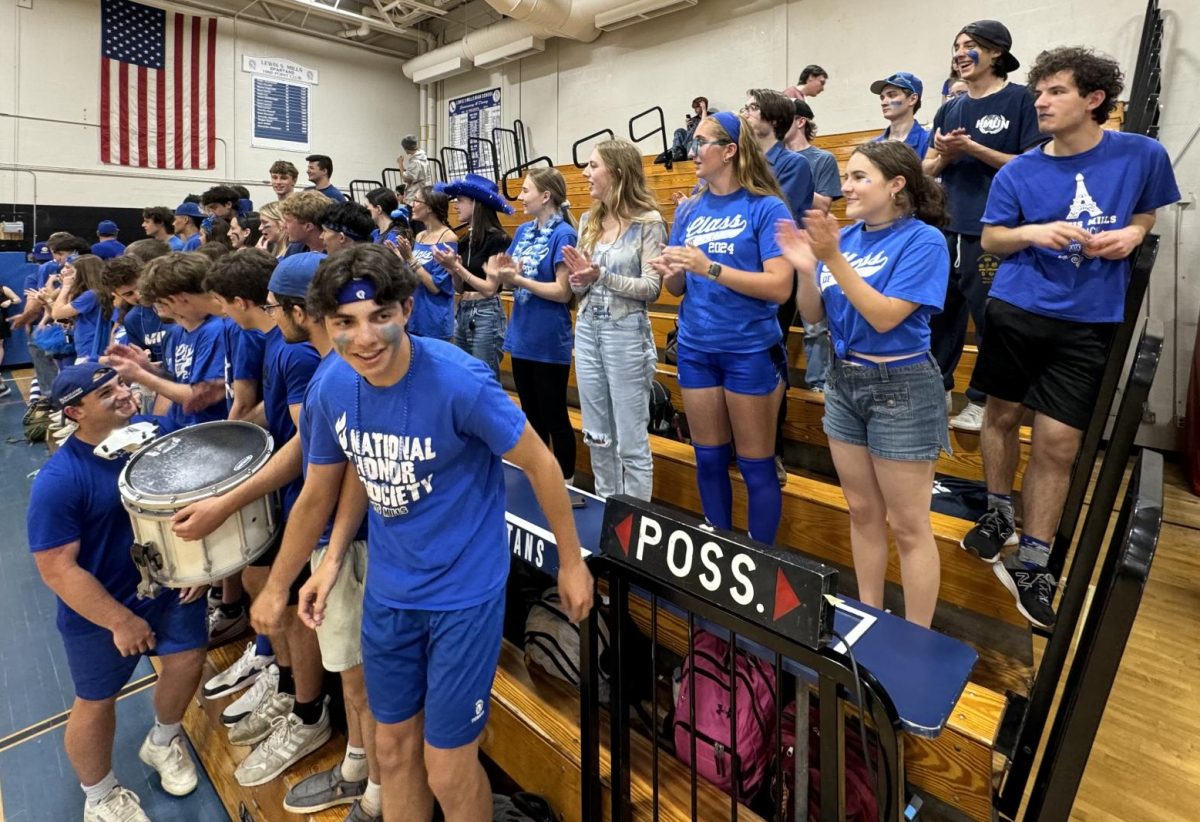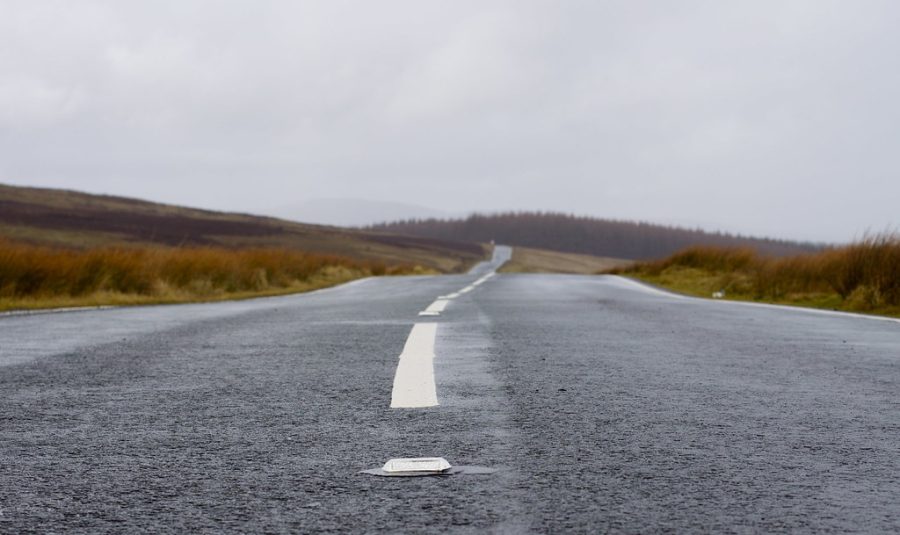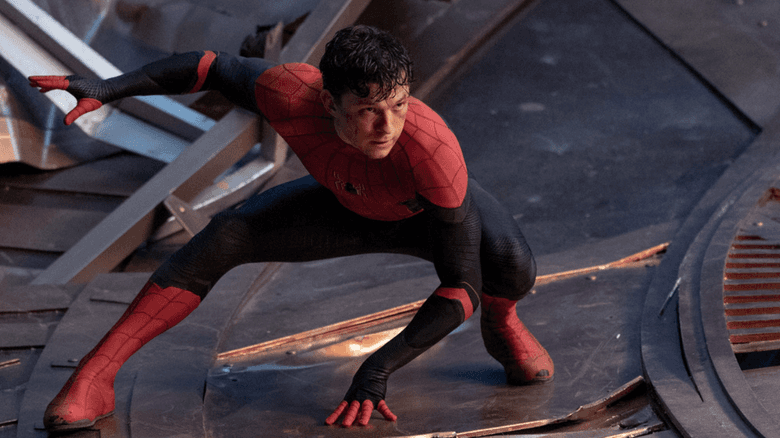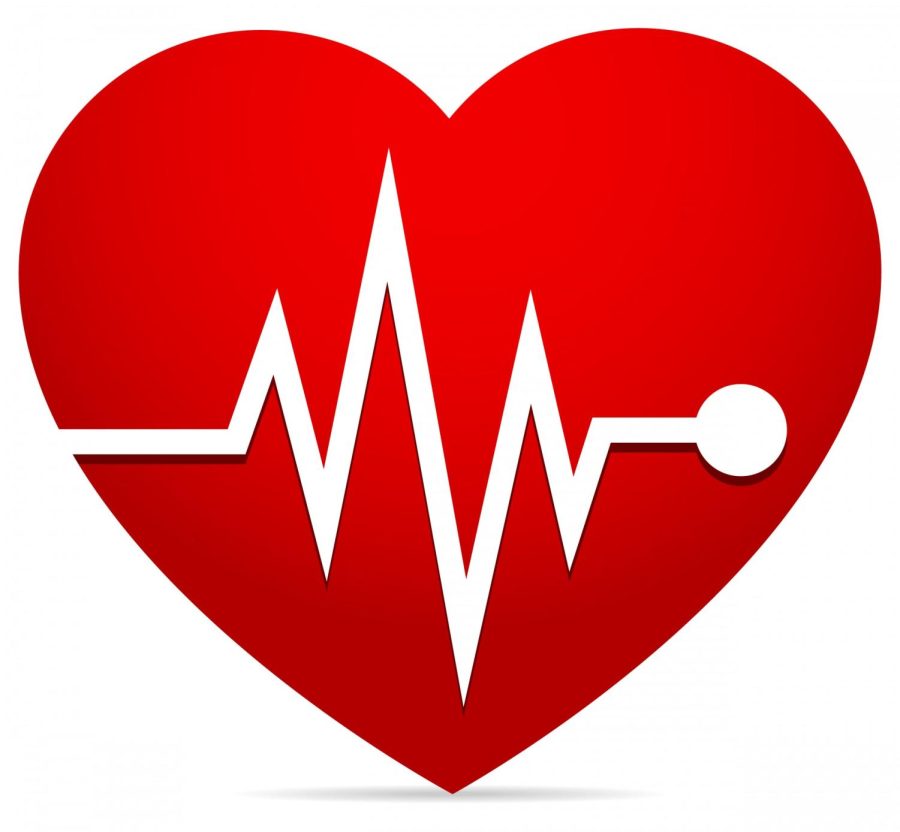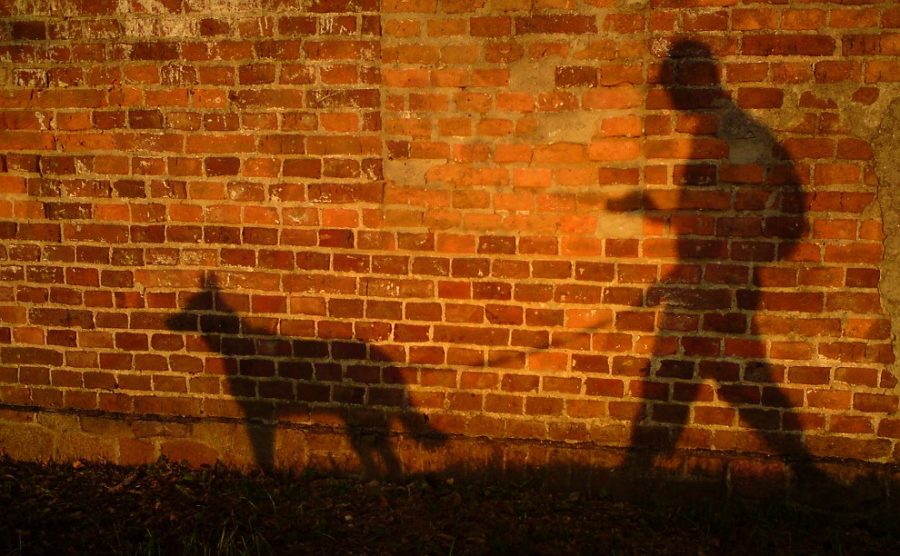For the past decade, Elizabeth Woolridge Grant has been of the most iconic figures in the music industry. If you are racking your brain trying to figure out who this artist is that flew under your radar, she is more commonly known by her ethereal stage name, Lana Del Rey. With images of heart-shaped sunglasses, Pepsi-Cola, cigarettes, and leather jackets, she garnered a cult-like following through her melancholic take on the Americana aesthetic. Even though her romanticization of both the good and bad parts of the aesthetic repels some critics, Ms. Grant always has, and will, defend her craft to the grave. One thing about Lana is that she will never allow herself to become stale. She is able to uphold this “goal” through a constant reinvention of her image while still honoring her core values of Americana in order to grow and secure her fan base.
So far, the newest Lana-Era seems to be a country-Midwest take on America. This new persona debuted during her most recent tour, which excluded many northern states. Being a loyal Lana devotee myself, I of course had to go to her closest show in reach, which happened to be the Oct. 3 concert at the Pavilion at Star Lake in Burgettstown, Penn., a mere eight hours away.
The choice of the Pavilion seemed random at first, but when I found out that it used to be named the Coca-Cola Star Lake Amphitheater, it all began make sense. Before Lana emerged from behind the curtain it was up to Niki Lane, her opener, to grace the crowd of 22,000 with her southern songs. Niki Lane has collaborated with Lana many times in the past three years. Be it a duo performance at dive bars or a duet on her album “Chemtrails Over the Country Club” (2021) she has become a regular in Lana’s posse. The Chemtrail album specifically noted the beginning of Lana’s evolution from the usual seasoned city-chick to a more folk-centered ballad singer of the west.
Lana Del Rey began her set with “Norman f****** Rockwell”, the title track of her sixth studio album. This decision simply could be because it is one of her biggest hits, but really it was her defining the tone of the night, centered on her take on the American Dream. This track is named after Norman Rockwell, a painter known for his varying depictions of the iconic American Dream. By using his name, she is identifying that she is singing about how she perceives “the dream” in relation to her life. A dream where men can selfishly live their life while she is simply there to reap the consequences. A snapshot of how she used to live her life that starts to alter as she continued with her set list.
Looking back through Lana’s life it seems that the American dream is the life that she was born into. Growing up in a wealthy family from New York, her life seems to lack the struggle that she hits upon in many of her songs. Due to a drinking problem in her teen years, she was shipped to the prestigious Kent Boarding School in little Litchfield County, Conn.
As a young adult with well-off parents, it is shocking to most that she moved to a trailer park in New Jersey. It seems she did so due to either her rocky relationship with her parents, the proximity to the city, or to immerse herself with the working class. In 2008, during an interview with Index magazine when prompted with a statement of how trailer parks hold a special place in the Americana aesthetic, Lana responded, “It does in Americana, and it does in my heart as well.” She placed herself into the image of the struggling “all-American girl,” reflecting her surroundings she embodied themes of beauty and blues into her music. Even if she has never explicitly been a country singer, Lana has always employed the gritty sultry-ness of classic female country singers any chance she got. She even executed a rendition of “Stand by Your Man” by Tammy Wynette, a country classic halfway through her Pennsylvania performance, her homage to the women who first pioneered the genre.
Regarding her stage presence, she was not as showman-like as other singers like Taylor Swift and Ariana Grande. She sang her songs, maybe did a little dance, but mostly she stayed stagnant while her performers did most of the heavy lifting – even at times going out of view of the audience entirely. Performing “Pretty When You Cry” she laid on the ground, forcing the audience to rely on the screens to see Lana, and hiding behind a curtain for the duration of “Ultraviolence.” It seemed as if she was using her songs to narrate a specific scene that was acted out by her dancers. A perfect example of this came with “Blue Jeans” where Lana hung out on the left side of the stage, back-to-back with her guitarist, while a group of dancers, the men in blue jeans, white shirts, and cowboy hats square-danced with their partners reenacting the twister of love that she describes in the song.
Surprisingly, right before her final song Lana took a break from belting and spoke directly to her audience for five minutes. She began by stating that this venue, in far western Pennsylvania, would be the furthest North she would be going in a long time. Maybe she metaphorically won’t go “north” again with her lifestyle or maybe she really won’t ever visit her past home of New York again, only time will tell her true meaning. Lana went on to give a heart-felt – and semi-religious – speech to the crowd.
“I thought we could take a minute to put our wishes on the table…I just wanted to say a quick little blessing to the powers that be that every person who has their own individual dream, every person’s heart desire is a God-given desire and it’s not selfish to want whatever you want. I’m living mine now 20 years later than I thought I would, and it’s all on God’s time, it’s all on somebody’s time,” she said, taking a seat at a vanity on stage. “This is nine years on the road, and um it’s a miracle that I’m still touring and that I love it… I just wanted to kind of just say hello, goodbye, I hope it’s not the last time we see you.”
She then closed the night with the title track of her most recent album “Did you know that there’s a tunnel under Ocean Blvd.” During this song, a line that is constantly reiterated is “Don’t forget me.” This was her final plea to the audience: to not forget her once the tour is over, to understand that she is a person with wishes and hopes and a future, not a doomed figure whose personality she adopted earlier in her career. She wants people to know that she has matured but not changed. We all know that she will always be drawn to the raw romantic essence of Americana like a moth to a flame, but now she views her world through the lens of the easy-going South rather than the North of her roots, and its harsh reality.
